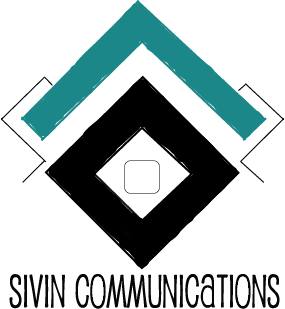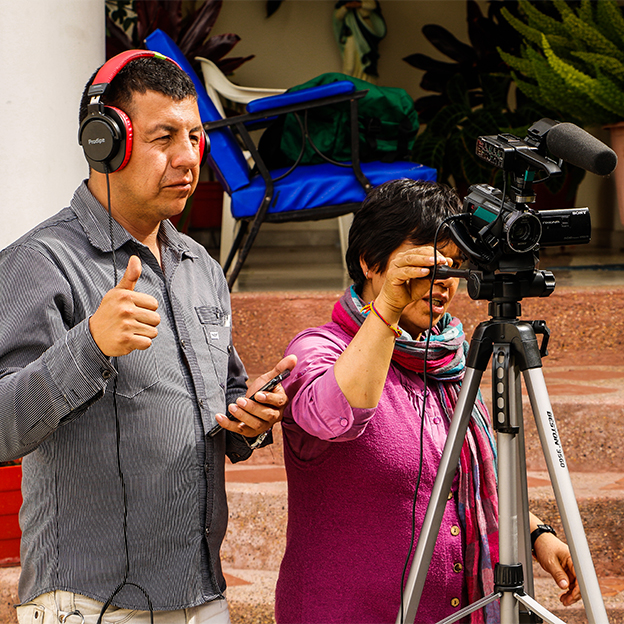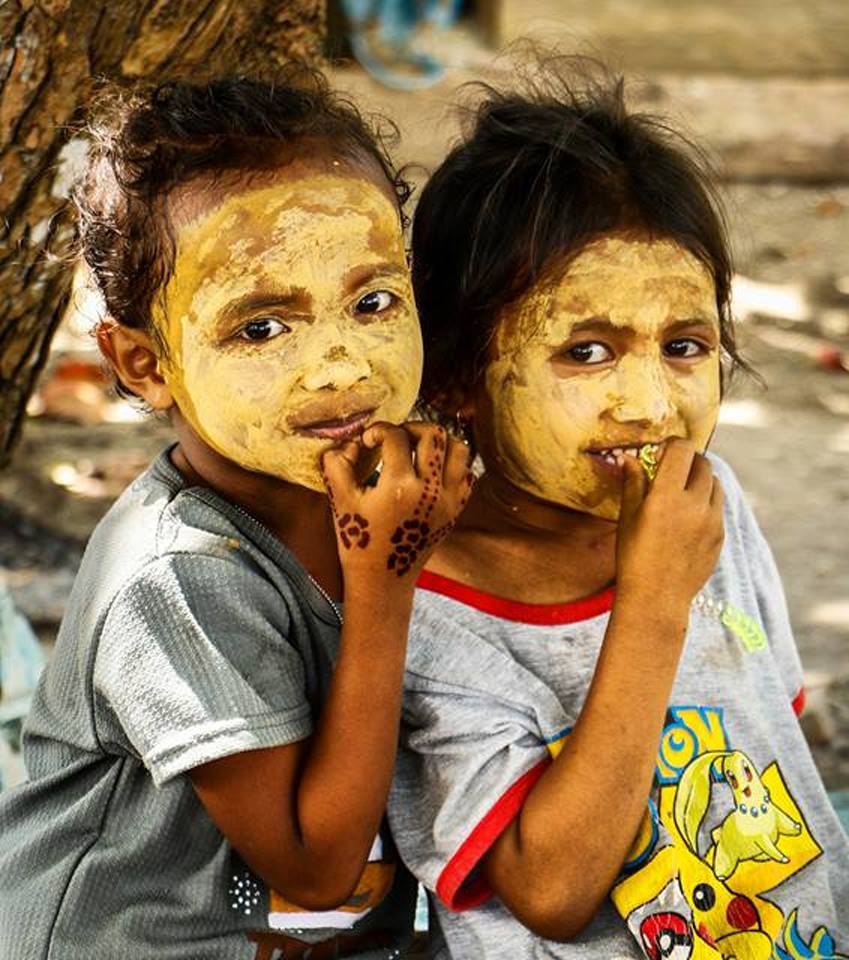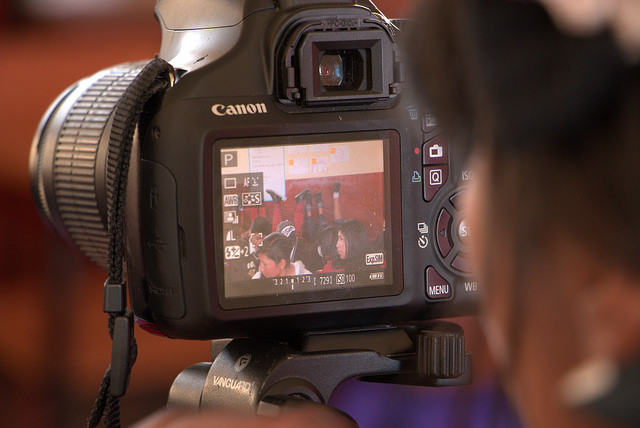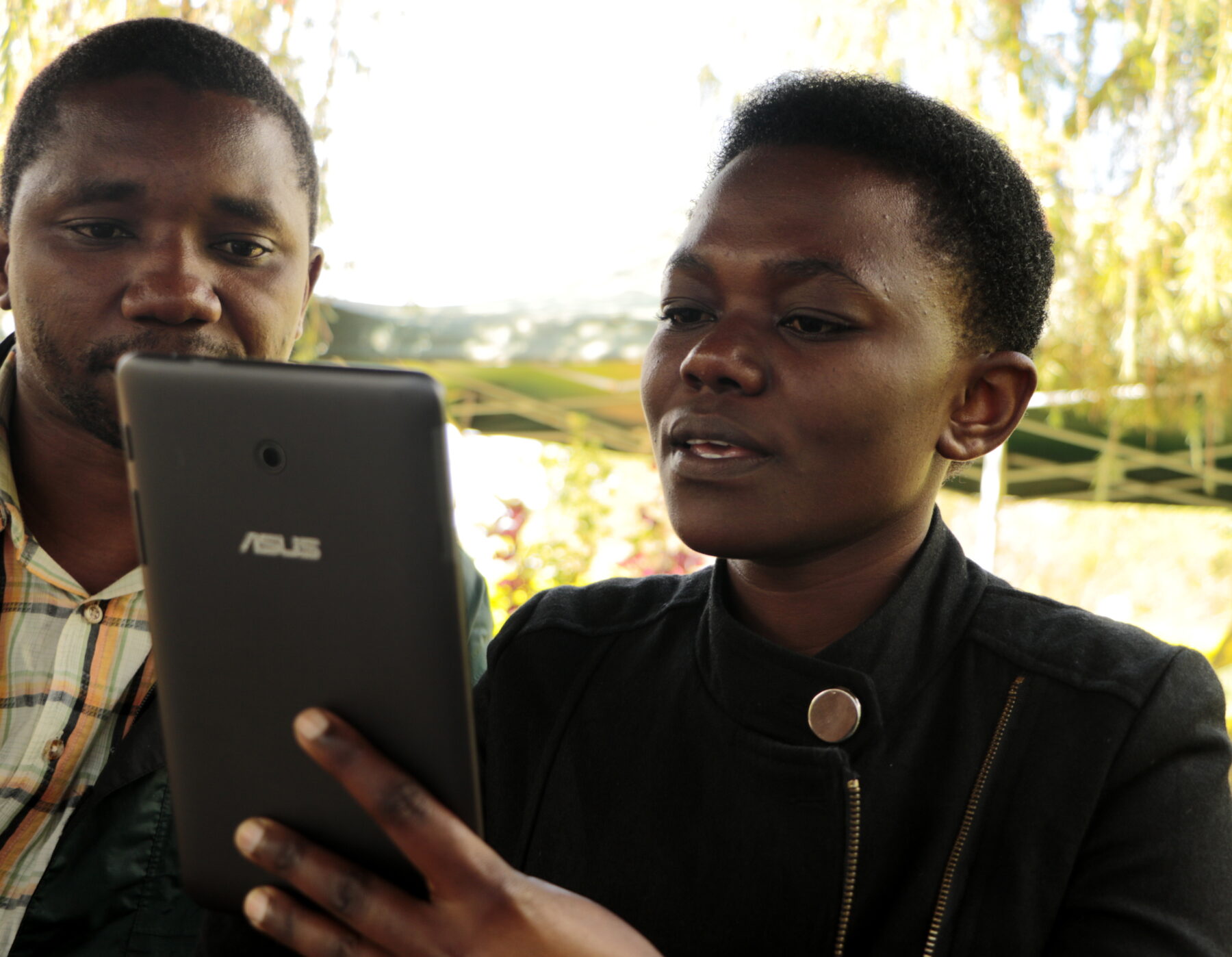Communication for a Social Change
HOW WE SEE INCLUSIVE AND PARTICIPATORY COMMUNICATION FOR A SOCIAL CHANGE
PARTICIPATORY COMMUNICATION
We make use of so-called participatory communication tools.
These tools are aimed at the adoption of processes and interventions that generate dialogue and collaboration; using the concept of empowerment and expression of voice; and challenging power relations and promoting social change from the bottom-up.
Participatory Communication sees communication as an empowering tool, used to facilitate continual exchanges between different stakeholders to define development concerns and addresses common problems or goals and above all: a tool in which the ownership of the process lies with all the stakeholders involved.
COMMUNICATION FOR A SOCIAL CHANGE
At Sivin we think that communication can contribute to social change and transformation within a specific group or community. The basis for this is creating spaces through which a certain group can define development and give meaning to and claim their citizenship. This is done through participatory and horizontal communication, to include the voices of all the stakeholders involved in the process.
These spaces then not only allow people to be heard but also to analyze, discuss and possibly reshape boundaries as well as social and cultural norms that underpin knowledge and power relations, contributing to empowerment and social change.
It is exactely here, that communication for social change takes communication a step further: it has the actual potential to contribute to sustainable change at various levels of society.
And this is exactely what Sivin aims at.
(GENDER) INCLUSIVE
The Participatory Communication tools Sivin uses allow to explore the potential of inclusive youth and gender components linked to innovation and transformation processes which stem from learning experiences at community level. It provides a thorough understanding of the development challenges facing poor rural communities.
Because of the use of tools such as video and photography we allow for an open and creative space in which everyone can voice their opinion, it is a new tool for everyone and everyone can participate in an equal manner.
Furthermore do these Participatory Communication tools allow for discussion and analysis of the existing gender norms, roles and inequities within a group, and above all do they allow for the expression and inclusion of all voices.With this, we mean everyone: men and women, youth and elderly, etc.
We have seen that often the use of a camera provides a literal ‘lens’, meaning that the participants feel more at ease to discuss certain sensitive topics.
IN (AGRICULTURAL) RESEARCH FOR DEVELOPMENT
Successful agricultural research for development (AR4D) should go beyond generation of quantitative research findings, and ensure these findings feed into context-relevant development interventions.
It is therefore that Sivin makes use of a variety of tailored Participatory Communication tools to be able to understand the context in which the research takes place. Furthermore does it allow for inclusion of all groups that make up the research context in the process: include their voices, opinions, needs and ideas and look for ways to communicate these to a variety of audiences.
